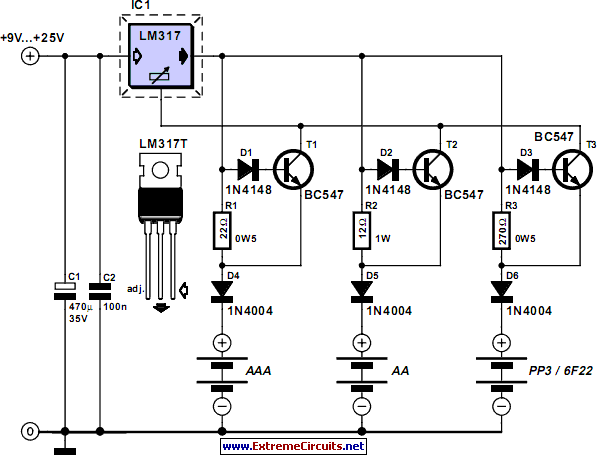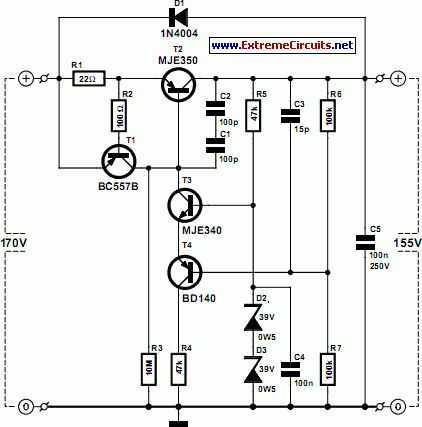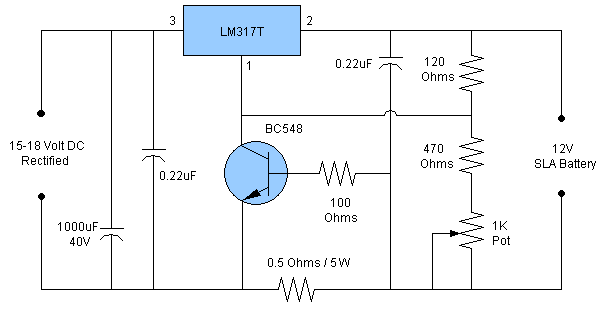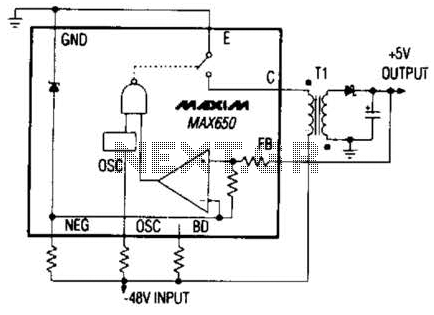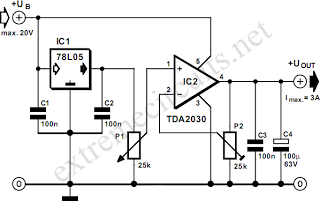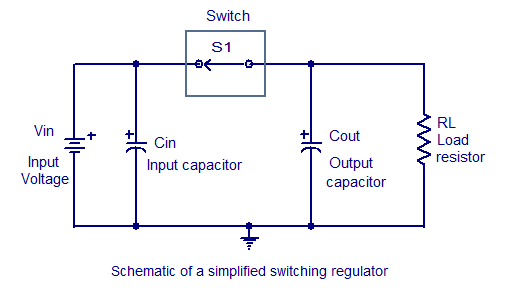
battery charger regulator
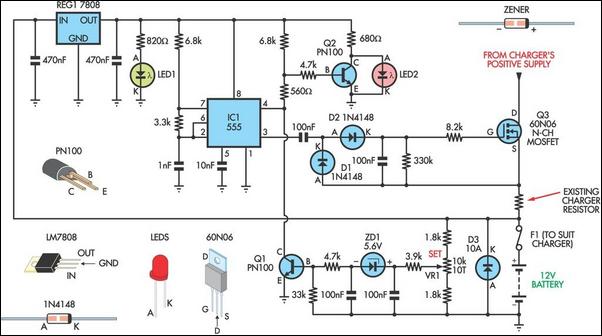
Most commercially available car battery chargers should not be connected to the battery for extended periods, as this can lead to overcharging and subsequent battery damage. This add-on circuit is connected in series with the battery being charged and is powered by the battery itself. Essentially, the circuit utilizes a high-current MOSFET to regulate the charging current, turning off when the battery voltage reaches a predetermined threshold. Power for the circuit is supplied from the battery to a 3-terminal regulator, REG1, which outputs 8V.
The described circuit functions as a battery management system designed to prevent overcharging, thereby enhancing battery longevity and performance. The high-current MOSFET serves as the primary switch in the charging path, allowing for efficient control of the current flowing into the battery. When the battery voltage approaches the set threshold, the MOSFET is turned off, effectively ceasing the charging process and protecting the battery from potential damage due to overvoltage.
The 3-terminal regulator, REG1, is crucial for providing a stable voltage to the control circuit, ensuring that the MOSFET operates reliably. The choice of an 8V output from REG1 suggests that the circuit is designed to operate within a specific range, optimizing performance while minimizing energy loss.
In practice, the circuit may include additional components such as resistors for voltage sensing, capacitors for filtering, and possibly a microcontroller for more advanced control features. The integration of these components allows for fine-tuning of the charging parameters, enabling the system to adapt to varying battery conditions and charge states.
Overall, this add-on circuit represents an effective solution for extending the life of car batteries by preventing overcharging, making it a valuable addition to standard battery charging practices.Most off-the-shelf car battery chargers cannot not be left connected to the battery for long periods of time as over-charging and consequent battery damage will occur. This add-on circuit is placed in series with the battery being charged and is powered by the battery itself.
In effect, the circuit uses a high-current Mosfet to control the charging current and it turns off when the battery voltage reaches a preset threshold. Power for the circuit is fed from the battery to 3-terminal regulator REG1 which provides 8V.. 🔗 External reference
The described circuit functions as a battery management system designed to prevent overcharging, thereby enhancing battery longevity and performance. The high-current MOSFET serves as the primary switch in the charging path, allowing for efficient control of the current flowing into the battery. When the battery voltage approaches the set threshold, the MOSFET is turned off, effectively ceasing the charging process and protecting the battery from potential damage due to overvoltage.
The 3-terminal regulator, REG1, is crucial for providing a stable voltage to the control circuit, ensuring that the MOSFET operates reliably. The choice of an 8V output from REG1 suggests that the circuit is designed to operate within a specific range, optimizing performance while minimizing energy loss.
In practice, the circuit may include additional components such as resistors for voltage sensing, capacitors for filtering, and possibly a microcontroller for more advanced control features. The integration of these components allows for fine-tuning of the charging parameters, enabling the system to adapt to varying battery conditions and charge states.
Overall, this add-on circuit represents an effective solution for extending the life of car batteries by preventing overcharging, making it a valuable addition to standard battery charging practices.Most off-the-shelf car battery chargers cannot not be left connected to the battery for long periods of time as over-charging and consequent battery damage will occur. This add-on circuit is placed in series with the battery being charged and is powered by the battery itself.
In effect, the circuit uses a high-current Mosfet to control the charging current and it turns off when the battery voltage reaches a preset threshold. Power for the circuit is fed from the battery to 3-terminal regulator REG1 which provides 8V.. 🔗 External reference
